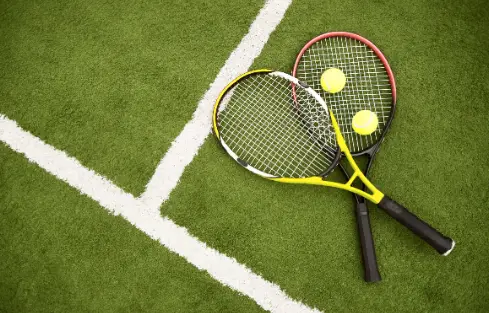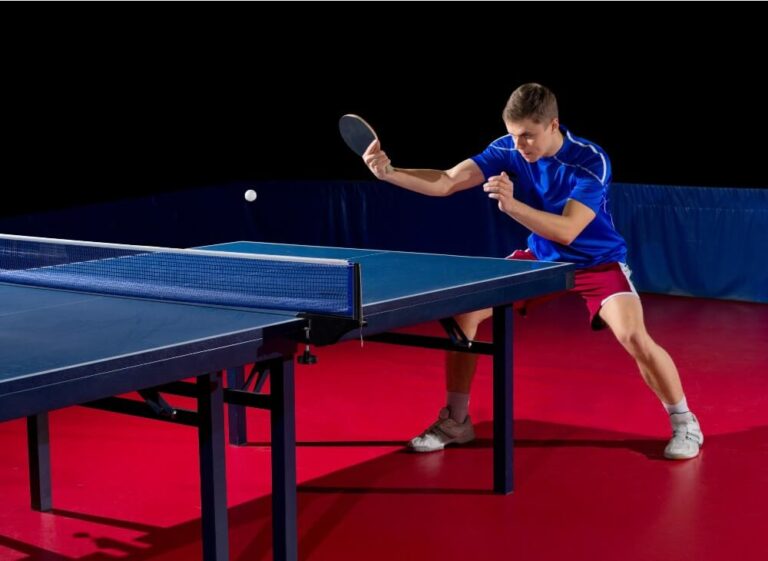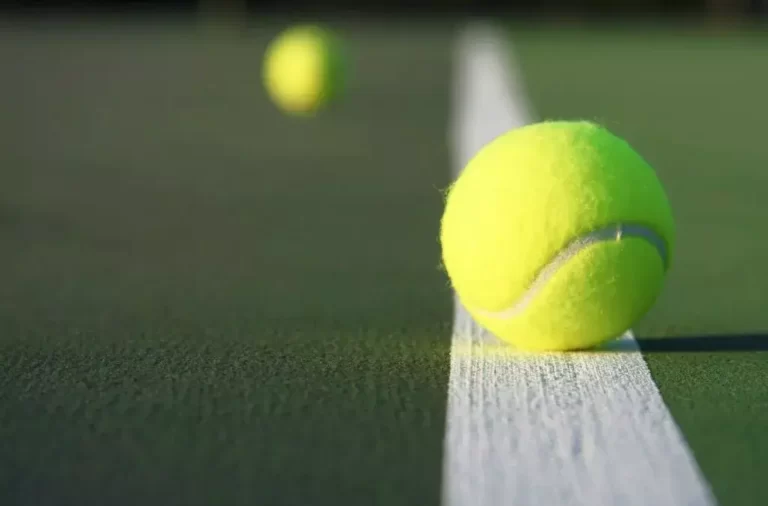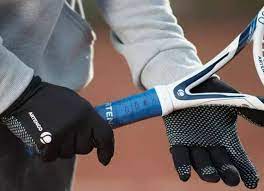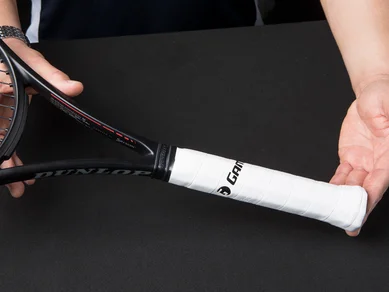What Is an Unforced Error in Tennis?
In the fast-paced and highly competitive world of tennis, the smallest of mistakes can have a profound impact on the outcome of a match. Among these mistakes, unforced errors are a pivotal factor that can influence a player’s performance and change the course of a game.
At all levels of play, from amateurs to professionals, unforced errors can be the deciding factor between victory and defeat.
But What Is an Unforced Error in Tennis?
Unforced errors are mistakes made by a tennis player that is not directly caused by their opponent’s shot. These errors occur when a player fails to return a ball that is relatively easy to play, resulting in the ball landing outside the court boundaries or hitting the net.
The purpose of this article is to explore unforced errors in tennis, their causes, and their influence on the game result. I am sure this post will be really helpful to you!

What Is an Unforced Error in Tennis?

As I stated above, unforced errors refer to blunders committed by tennis players that cannot be directly credited to their opponent’s stroke. These mistakes usually happen when a player is unable to successfully return a ball that should be relatively simple to handle. Consequently, the ball either lands beyond the playing area or makes contact with the net.
Such errors highlight a player’s lapse in technique or focus rather than being outplayed by their opponent.
Types of Unforced Errors
Groundstroke Errors
Mistakes are made while attempting to hit a forehand or backhand shot from the baseline or mid-court, causing the ball to land out or hit the net.
Volley Errors
Errors are committed when trying to hit a volley near the net, resulting in the ball being hit into the net or out of bounds.
Overhead Errors
Mistakes made while attempting an overhead smash, causing the ball to land out or hit the net.
Serve Errors
Double faults occur when a player fails to land both their first and second serve within the service box, not including aces or service winners.
Factors Considered According to Rules to Determine Unforced Errors

The concept of unforced errors is subjective, as it depends on the judgment of the person recording the statistics. The main factors taken into consideration when classifying an error as unforced are:
Movement and Balance
One of the main factors considered when classifying an error as unforced is the player’s movement and balance during the shot execution. Proper footwork and positioning are essential in tennis, as they allow a player to maintain balance and generate power and accuracy in their shots.
Unforced errors often occur when a player is not well-positioned or off-balance, leading to a poorly executed shot.
Time to Execute the Shot
The next factor that contributes to unforced errors is the amount of time a player has to execute the shot. When a player has ample time to prepare and execute a shot, they should, in theory, be able to make a successful return.
However, unforced errors can still occur if the player misjudges the ball’s trajectory or fails to make proper contact with the racquet. These types of errors are particularly frustrating for players, as they represent missed opportunities to win points.
Some Other Real Factors Contributing to Unforced Errors in Tennis
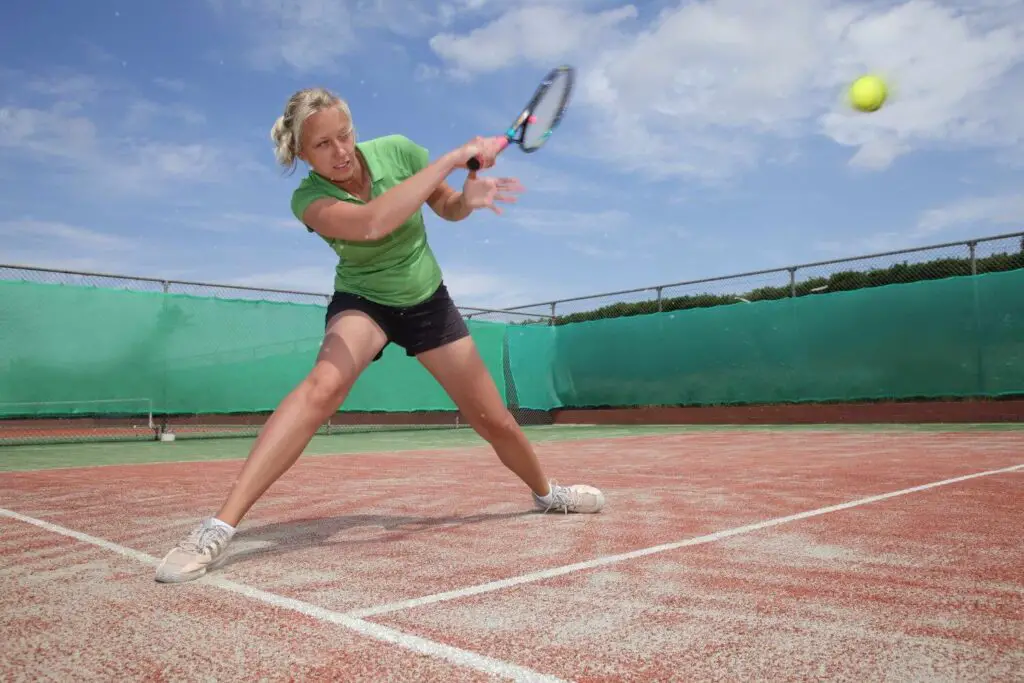
If a player appears to be in control of their movement and has sufficient time to execute a shot yet still makes a mistake, it is deemed an unforced error.
However, this definition has its limitations, as it does not account for the mental, tactical, and physical aspects of the game.
Role of Mental Factors in Unforced Errors
A player’s mental state plays a significant role in their performance on the court, contributing to the occurrence of unforced errors.
Mental causes such as loss of focus, self-doubt, fear of failure, and emotional under- or overactivation can lead to lapses in judgment and execution.
Players can work with mental training coaches to improve their emotional management and focus, reducing the frequency of unforced errors caused by mental factors.
Complexity and Demands of Tennis
Tennis is an incredibly complex and demanding sport that requires exceptional coordination, timing, and decision-making abilities.
The inherent difficulty of the game means that unforced errors are inevitable as players’ minds and bodies struggle to cope with their demands.
Risk-Reward Balance of Quality Shots
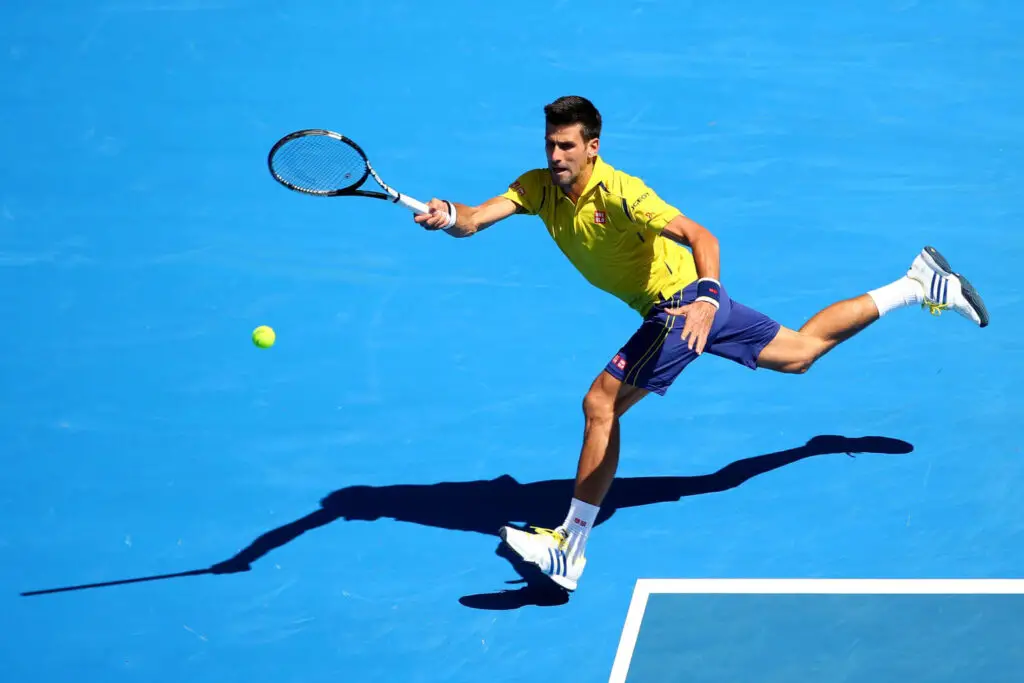
To gain an advantage over their opponent, tennis players must take risks with their shots, striking a balance between aggression and accuracy.
The pursuit of high-quality shots increases the likelihood of unforced errors as players push themselves to their limits in an attempt to gain the upper hand.
Balancing risk and reward is a constant challenge for tennis players, contributing to the occurrence of unforced errors.
Impact of Unforced Errors on Match Outcomes

Unforced errors can have a substantial effect on tennis match outcomes due to their intricate nature. When players make a large number of unforced errors, they may have difficulty maintaining their momentum and self-assurance, which can negatively impact their overall performance.
On the other hand, reducing unforced errors can provide players with a competitive advantage and enhance their likelihood of victory.
How to Reduce Unforced Errors?
One way to reduce unforced errors is through mental training and emotional management. By learning to stay focused and present at the moment, players can minimize distractions and maintain better control over their shots. This can lead to a decrease in unforced errors and an improvement in overall performance.
Secondly, practice consistency in shot execution. By refining their technique and developing a solid foundation of skills, players can minimize the likelihood of making mistakes under pressure. Regular practice and continuous improvement are essential for achieving this level of consistency.
Conclusion
Unforced errors in tennis significantly impact match outcomes and emphasize the importance of mental focus, consistency, and risk management. These errors result from various factors, including mental state, tactical decisions, and the game’s complexity.
Minimizing unforced errors requires players to work on mental strength, emotional management, and shot execution through regular practice and coaching.
If you Acknowledge tennis’s multifaceted nature, it will help you better appreciate the game’s intricacies and the skills needed to excel, ultimately providing you with a competitive edge and improved performance.
Sources:
- https://www.tennismindgame.com/unforced-errors.html
- https://www.merriam-webster.com/dictionary/unforced%20error
- https://supertennisracquet.com/unforced-errors-tennis/
- https://www.quora.com/In-tennis-what-is-the-difference-between-an-unforced-error-and-a-forced-one
Related Posts
How Much Does A Pair Of Tennis Shoes Weigh?
Why Do Tennis Players Take 3 Balls? The Actual Reason
How Many Tennis Lessons Do I Need? ( About Your Learning Curve )
Do Tennis Pros Use Dampeners? ( Why They Are So Important? )

